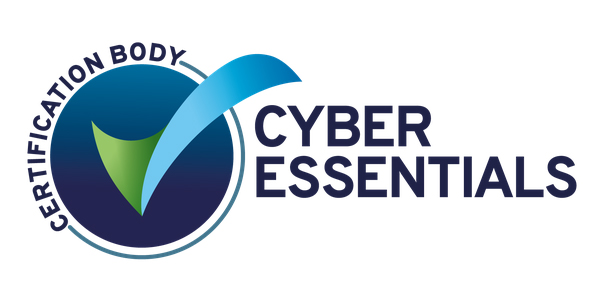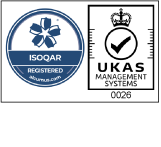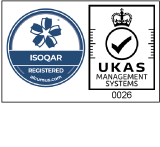Transcript
Introduction to Copilot
There’s a reason that Microsoft Copilot is called Copilot. Really its purpose is to be there to assist you ultimately, you drive the outcome. You’re the one in charge of what you’re looking to achieve, and it’s there to help you do that. But it can only do that effectively if you ask it the right questions and you give it enough context and it’s able to understand what you’re trying to achieve.
Writing really short prompts doesn’t always work, but you do want to write some to lengthy that you’re actually really steering it.
Two organisations for a sales proposal
So ultimately, let’s take an example where we’re trying to create a sales proposal. We’ve engaged with two very different organisations. Maybe one of those organisations is a start up surf shop. The other one is a 2/300 year old legal company or professional services organisation.
Now, typically, those two organisations probably have really different kind of tones to their organisation. So when I create a proposal or ask Copilot to create that sales proposal, it will go somewhere in the middle. But actually for me to really get that buy in and get their engagement, I probably need to deliver that sales proposal in the right tone of voice for the right organisation.
So key words when I ask it to create me a sales proposal, keep it formal. Maybe that is more aligned to our legal services, our professional services. Or maybe I say create a really rich, engaging, creative sales proposal that may be more aligned to the surf shop. So you can understand that there’s some idea of making it appropriate for the right organisation.
Factual accuracy is also crucial
However, we also need to think about appropriateness versus factual accuracy. So what we’re actually saying is that when I was creating that sales proposal and I asked Copilot to get me the cost price for Office 365 so that I can put that into my proposal where’s it going to get that price from? Maybe it’s going to go and look it up in the wrong datasheet, an old document, whatever.
I need to be really clear on where I want it to get that cost from. Look at the latest price list from this area. Okay. Be really specific. All of these things come down to being accurate. We could run the risk of ultimately ending up with if I asked it to get a cost price, how does it know to get me the cost price?
Would it accidentally read the wrong document, Get me a sale price, Would it look at the total price? Would it look at the project engineering effort price? That is where we need to be spot on and accurate. So all of this comes down to a training element where we need to get. As we prepare for Copilot, we get our data in the right place.
Staff training is the answer
We also need to consider training for our staff. How are we going to allow them to get the most out of Copilot? How do we educate them about the art of prompting? How do we make sure that when they’re asking questions or ask the right questions and they get it factually correct, All of this we’re going to cover in our seminar in Southampton and webinars in March.
So I encourage you to sign up, take a look at those things. And again, there’s always blogs and articles around this on our website, so please go and take a look.







